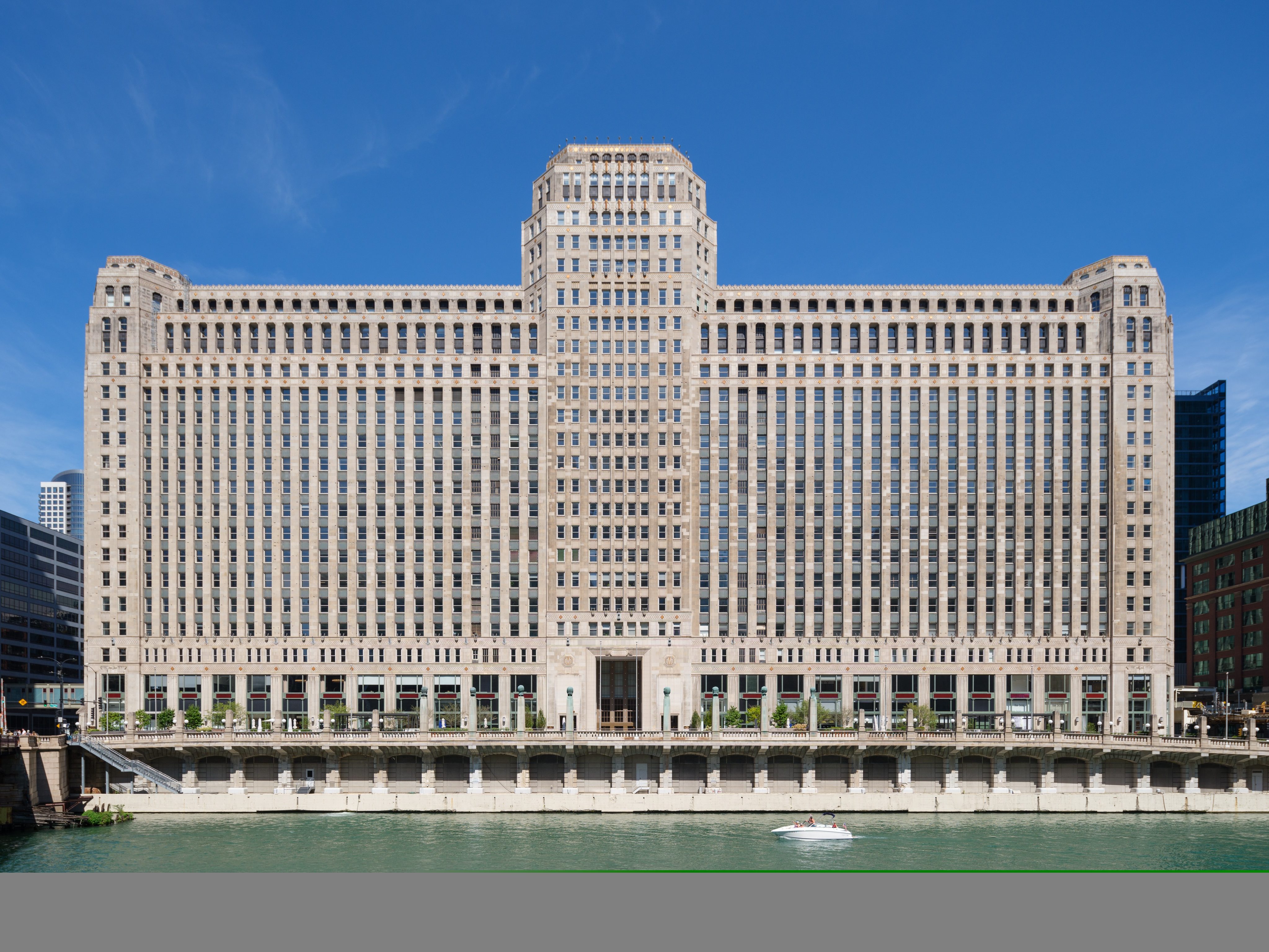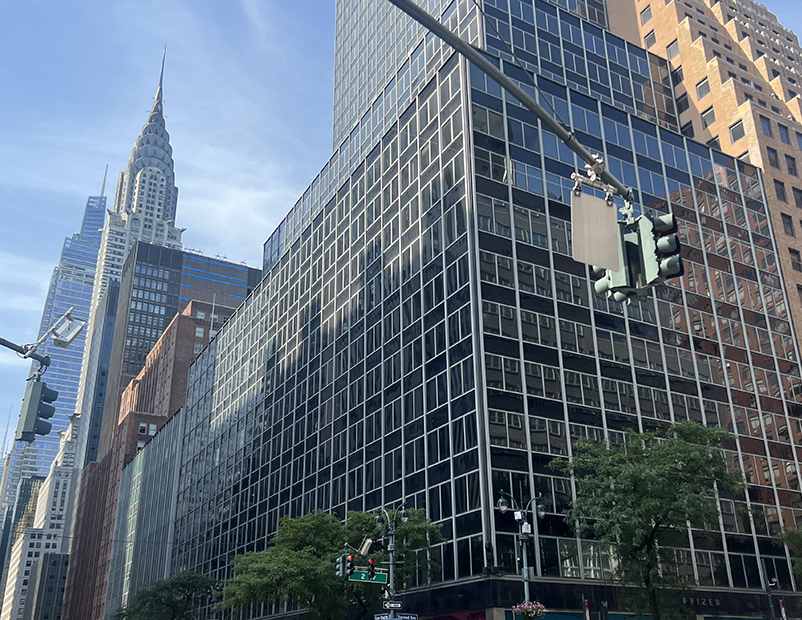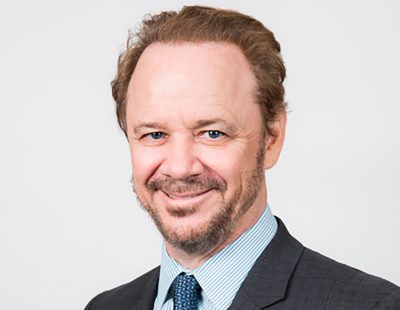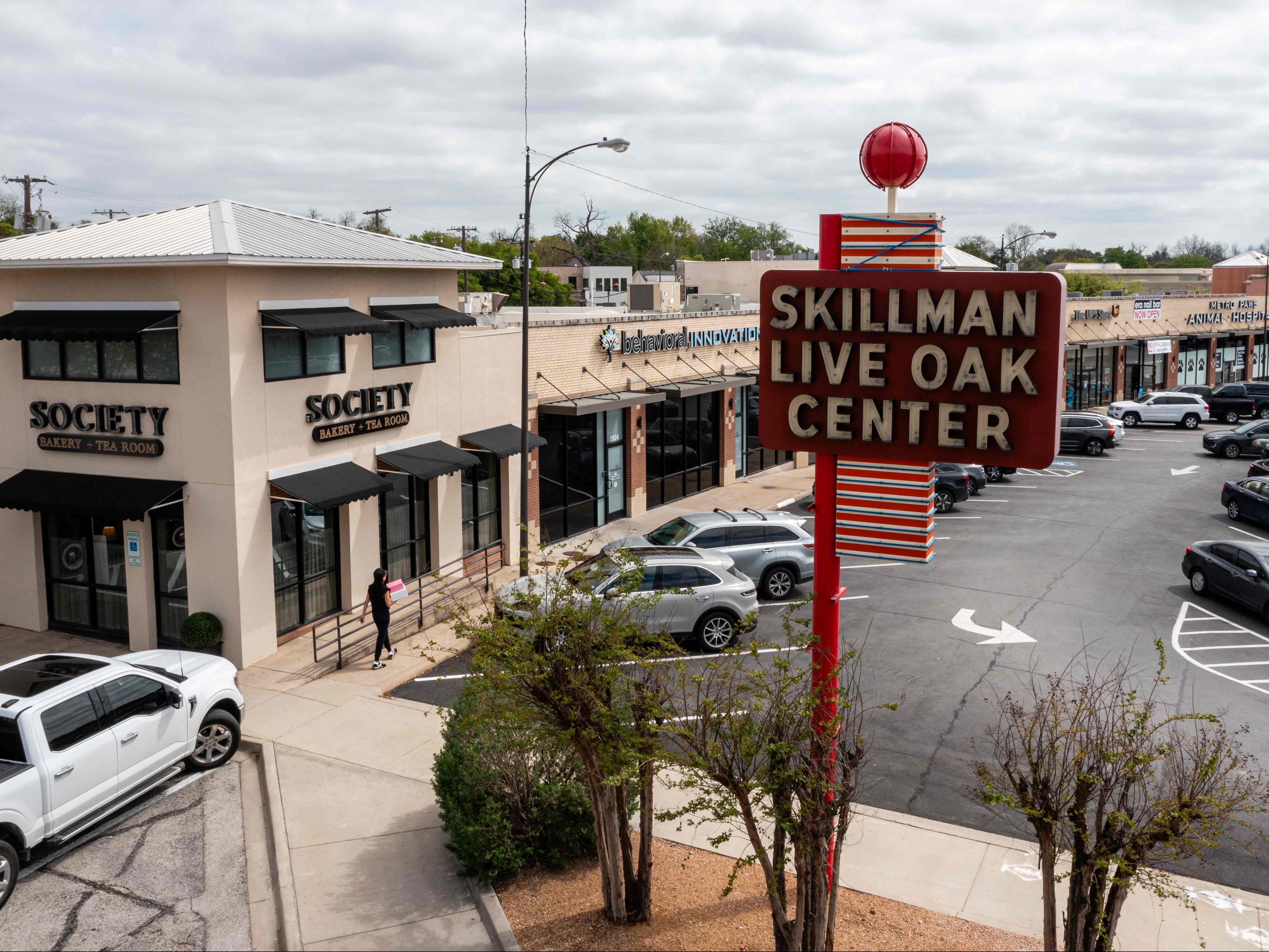Reid Wilson: “Deeper pockets and more patience are required to achieve development approvals”
The commercial real estate law expert zoomed in on the effect of regulations on building quality CRE and why change is needed when it comes to public land use.
By Alexandra Pacurar
Houston—Commercial real estate in Texas just completed its strongest upcycle in the past two decades, in spite of the industry’s challenges. Commercial Property Executive talked to Reid Wilson, chairman of Texas real estate boutique law firm Wilson Cribbs + Goren, about how the changes looming in the U.S. land use regulations will impact the development of quality commercial real estate. Wilson also discussed how land use and zoning laws in the U.S. evolved towards a more flexible area.
CPE: What is your perspective on the U.S. Government’s overhaul of planning and development for public land (in connection to oil and gas drilling, mining, and grazing)? Is a drastic change in regulations imperative?
Reid Wilson: Ken Burns’ recent video history of the national parks and federal land system vividly justifies protection of public land. However, reasonable private use of public land for commercial purposes has become both politicized and mired in bureaucracy. Change is needed.
In the western U.S., public land is significant in area and when you add in federally owned facilities, it’s an even larger footprint. In Texas, we are an energy state, so the production, processing/refining and transportation of energy (in its many states) is critical. For many reasons, financial and political, the U.S. needs to be energy independent. Access to federal land, both onshore and offshore, for not only energy production, but transportation via pipelines, is required to achieve energy independence.
The dust-up over the Keystone/XL pipeline is an example of misplaced focus. There is no dispute that pipelines are the safest and most efficient method to transport hydrocarbons, yet this pipeline cannot get built. The alternatives of barge, truck and rail are inefficient and more prone to accidents.
CPE: How have land use and zoning laws in the U.S. evolved in the past 25 years? Do you feel that the regulations are keeping up with the times?
Reid Wilson: Like the U.S. stock market, the type, level and complexity of land use regulation has steadily risen over the past 25 years. From time to time, there are examples of regulatory streamlining, but the overall trend is clearly for more regulation.
Today, there is more “site specific” land use regulation, where the government imposes detailed requirements and limits on a new project. The old “develop by right” scheme based upon compliance with clearly defined rules is being replaced, at least as to any type of potentially controversial land use. The result is high entitlement risk. The regulatory scheme retains more individualized discretion, requires more expense to achieve a decision and takes more time.
Innovative development is more difficult and is more limited to either the very small or very large developer. Deeper pockets and more patience are required to achieve development approvals.
New concepts like “form-based codes” have a strong planning/intellectual basis, but once the usually capable and experienced authors of the code leave the city, the local staff often struggles to achieve the higher level goals of these new regulations.
CPE: Which would you say are the biggest challenges in commercial real estate right now?
Reid Wilson: Without a doubt, it is the heavy/helpful (depending on your perspective) hand of regulation. My practice has meandered across most areas of commercial real estate since 1979 and all have some measure of regulatory impact to the point that a significant component of time and resources in every commercial real estate transaction is regulatory or impacted by regulations.
Consider these areas of regulation:
- Environmental (Wetlands, CERCLA, USTs, dry cleaning, Phase I, EIS, energy efficiency)
- Mortgage Lending (Dodd-Frank, CRA, FIRPTA, loans to one borrower)
- Equity (securities, EB-5)
- Land Use (zoning/ETJ regulation/TIAs/private regulations via restrictive covenants)
- Tax (depreciation, 1031 exchanges, carried interest)
- Terrorism (Patriot Act)
- Civil Rights (fair housing, ADA)
- Accounting (FASB 13)
- Consumer Protection (disclosures, redemption/cancellation rights)
It will not be getting easier to develop quality commercial real estate, particular of scale.
CPE: As a CRE lawyer, you have surely come across numerous companies in the business facing various issues. Which would you say are the factors that put most strain on the businesses in the industry?
Reid Wilson: Many factors such as regulation, access to financing and overbuilding are straining our clients, but a long-term strain is the cyclical character of the industry.
In Texas, we have just finished the strongest upcycle in my career. Now, we must deal with the rest of the cycle. It seems that commercial real estate is an inherently cyclical business, as proven by history. Boom/bust. It is hard to manage a business for the long term, when profit is not constant. Our law firm is a reflection of the commercial real estate industry and we make most profits, generally, when the market is strong.
Most individuals are not happy with cyclical income swings, but that is almost a given in this industry. The resulting strain is finding and keeping good employees for the long term. We find that you must find people who have a passion for real estate, then prepare them for the cycle. If they are surprised, there could be problems. Further, you must consider your people as a capital investment and keep some on staff during lean times to be ready to experience the benefits of the fat times. These are tough decisions to make, when the micro level analysis says to trim, but the macro level analysis says to retain.
CPE: You have an award-winning career. What is the most memorable part of your practice so far?
Reid Wilson: Both the people and the projects. The people—there is something special about the commercial real estate Industry that attracts interesting and compelling personalities. Shy and introverted are the exceptions. Even the difficult personalities are interesting. You need to enjoy dealing with people. A big part of this is the art and challenge of negotiation. Negotiation is my video game. Through negotiations, you make deals happen and solve client problems. I love the puzzle solving of a deal. A successful negotiation is gratifying.
The projects—it’s nice to point out a project to friends and family and say “I worked on that deal.” A good lawyer is co-dependent. You will note that when they talk about a project with a client, they describe it as “our deal” and when describing action plans they say “we will do…”
The ability to visually enjoy the fruits of your labor (even if online) is gratifying. A particular project (1717 Bissonnet aka “The Ashby High Rise”) is not yet built, but is my most memorable. Our firm represented the developer of a Class A high-rise residential tower with mixed-uses adjacent to a high-end residential neighborhood. Both the neighborhood (with a volunteer team of Big Law attorneys assisting their hired counsel) and the City fought the project. After almost 10 years (and two lawsuits), the project was permitted substantially as submitted and the developer’s legal position upheld on all counts. The law may grind slowly, but it is gratifying when it works and upholds important property rights. This type of project makes me proud to be a lawyer and happy to serve the commercial real estate industry.








You must be logged in to post a comment.